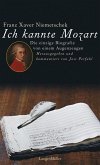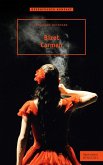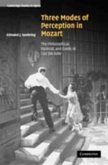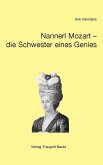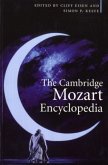"Nimmer wird die Liebe wanken, die uns reinste Freuden spendet." Die Oper bringt eine neue Dimension in die Ästhetik Europas: die Durchdringung von dramatischer Handlung und musikalischer Form. Der Zusammenhang von Rede und Widerrede, Irrtümern und Idealen verquickt sich mit der Logik der Töne in ihrer Abfolge von Rhythmus und Melos, Harmonie und Dissonanz. In dieser Kombination nimmt die Oper einen Rang ein, der zuvor der Liturgie vorbehalten war. Die Oper wird zu einer religiösen Kunstform. Religion bekräftigt sich in ihr durch die Einheit von Handlung und Musik als Religion der Liebe, die es mit dem Tod aufzunehmen vermag. Diese Beobachtung wird in diesem Buch, das aus dem musikästhetisch-theologischen Arbeitskreis an der Evangelischen Akademie Hofgeismar hervorgegangen ist, an drei markanten Beispielen der Oper erläutert: an Monteverdis L'Orfeo (1607), Mozarts Don Giovanni (1787) und Così fan tutte (1790) und Wagners Parsifal (1882). Dabei zeigt sich, dass die Geschichte der Musik und die Geschichte der Religion ineinander verwoben sind - und ein gemeinsames Geschick teilen. The Religion of Love. Three Case Studies on the Opera from Theological and Music-Aesthetically Perspectives The opera brings a new dimension to the aesthetics of Europe: the interpenetration of dramatic action and musical form. The relationship of speech and contradiction, errors and ideals, combines itself with the logic of the tones in the succession of rhythm and melody, harmony and dissonance. In this combination, the opera occupies a rank formerly reserved for liturgy. The opera becomes a religious form of art. Religion affirms itself in it, through the unity of action and music, as a religion of love that can cope with death. The present publication - a result of the activities of the working group on theology and music aesthetics of the Protestant Academy Hofgeismar - exemplifies this recognition in view of three prominent operas: Monteverdi's L'Orfeo (1607), Mozart's Così fan tutte (1790) and Wagner's Parsifal (1878). It becomes apparent that the history of music and the history of religion are closely intervowen - and share the same destiny.
Dieser Download kann aus rechtlichen Gründen nur mit Rechnungsadresse in A, B, BG, CY, CZ, D, DK, EW, E, FIN, F, GR, H, IRL, I, LT, L, LR, M, NL, PL, P, R, S, SLO, SK ausgeliefert werden.




